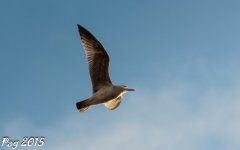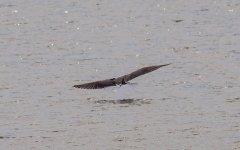It amazes me that you post a video that shows exactly what I've been describing and you still don't get it.
The difference between 1/100 and 1/1000 is the gap between the opening of the 1st curtain and closing of the 2nd curtain. The curtains don't move faster and slower; the 2nd curtain just starts closing sooner. If they did a 1/2000 video, the gap between the curtains would be 1/2 that of the 1/1000; at 1/4000, the gap would be 1/4 that of the 1/1000.
If you look at athe gap between the curtains in the 1/1000 video, it appears to be fairly close to 1/4 the travel which is precisely what would be required if the travel time is 1/250 and you need to make a 1/1000 second exposure. Get it?
Something doesn't make sense and maybe it's me. If, I'd like to find out.
Let's make this as simple as possible. I set an exposure of 1/4000s. Which implies each pixel can only be exposed for that duration regardless how long it takes for the whole sensor. Let's ignore that part for now.
Now we make the slit as small as possible (one sensor pixel = 5.9micron) which implies the second curtain will starts directly after the first. Faster is not possible. At which speed needs that slit to pass over my pixel to correctly expose it at 1/4000s?
If my slit moves at that speed, at which speed do my curtains move?



